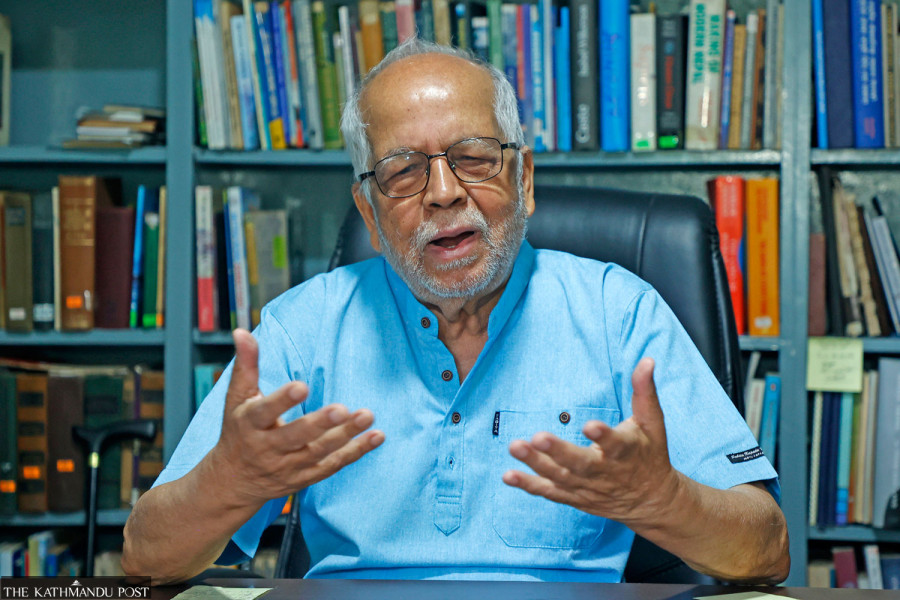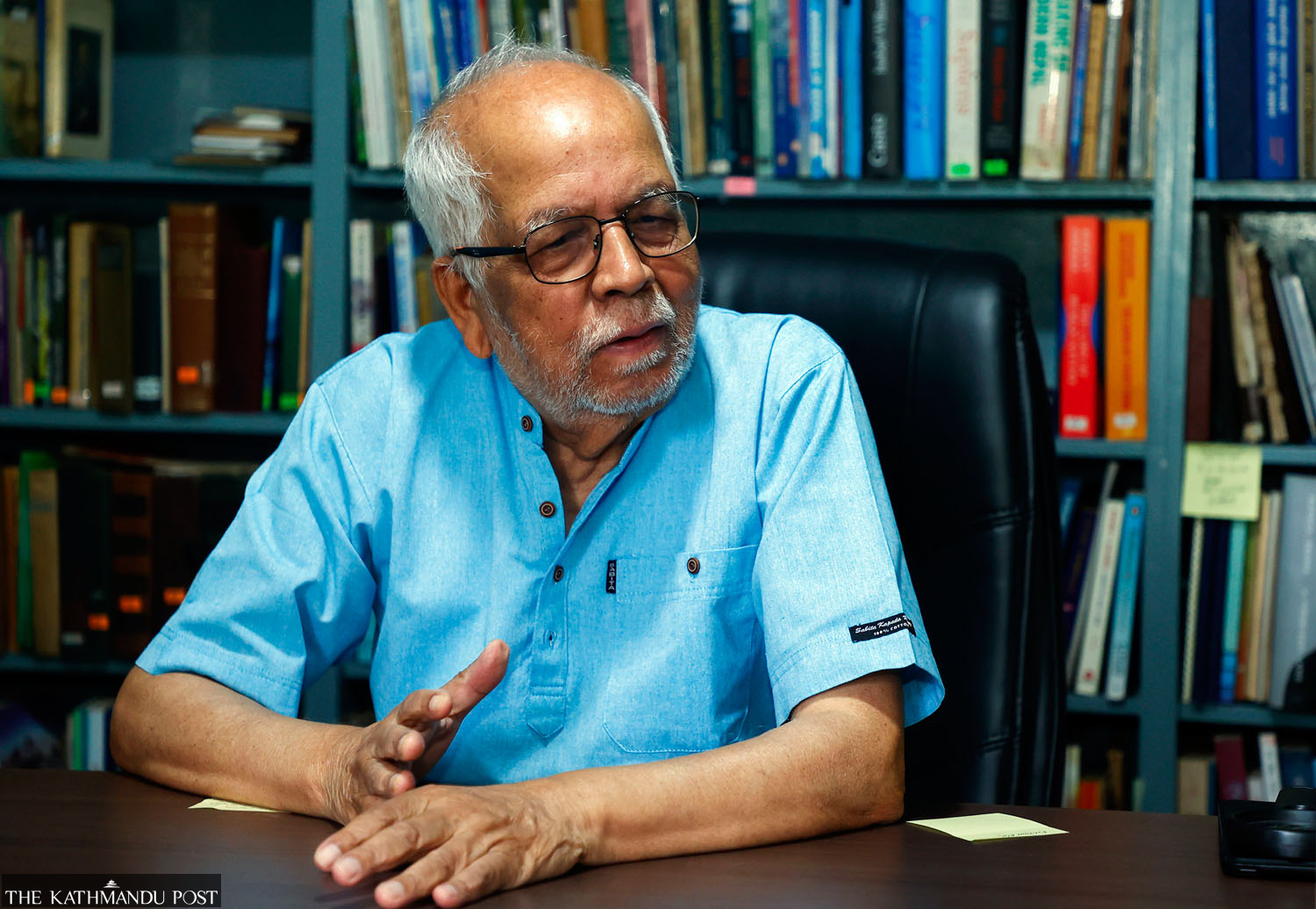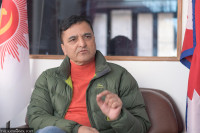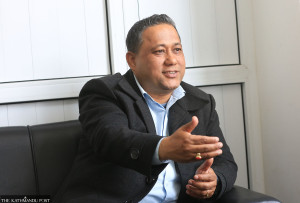Interviews
PM Oli cannot resolve Lipulekh through a meeting with Modi
If we can develop an extensive understanding of the issue, our diplomats will have more weight in bilateral talks on the dispute.
Biken K Dawadi
Nepal-India relations seem to be souring up again, with the issue of Lipulekh back in the limelight after India and China announced the reopening of trade through the pass. How should Nepal navigate this issue to strengthen its claim on the territory? The Post’s Biken K Dawadi sat down with former ambassador of Nepal to India Nilamber Acharya to discuss the historicity, current developments and potential diplomatic solutions to the territorial dispute.
You were the ambassador to India in 2019 when the Lipulekh became a hot-button issue as India and China signed an agreement to reopen trade through the pass. After that, India included Kalapani in its map, and Nepal did the same. What has been your understanding of this territorial dispute?
The Lipulekh territorial dispute is not of a recent origin. It is more of a historical debate. The backdrop of the dispute was the Indo-China War of 1962, when Indian troops set up a camp in the territory, and then King Mahendra did not respond to the encroachment of the Indian army. Both Nepal and India have recognised it as an outstanding issue in modern border demarcation. During my tenure as the ambassador, we initiated multiple efforts, both through official channels and in my personal capacity, to resolve the issue. But it fizzled out after the two governments put it on the back burner.
The Indian External Affairs Ministry recently issued a press statement, claiming Nepal had unilaterally put Lipulekh area on its map, without consulting India. What did you make of this statement?
First, Nepal does not need to consult India to publish its territorial map. Which modern state consults its neighbour before publishing its map?
The Nepali government’s act of staking a claim to the territory by inserting it into the official map was not unwarranted. In 2019, India enacted a constitutional amendment, publishing a map that included Lipulekh as its territory. By doing so, it reopened a historical wound for Nepal. It was as if India was mocking Nepal. Instead of taking a peaceful diplomatic approach, it took a unilateral decision which forced Nepal to rebuke the act. As the domestic political situation was tense due to the publication of the Indian map, Nepal had to subsequently publish an updated version of its own map containing the disputed territory.
Nepal had sent its official map to China multiple times after the 2015 dispute. But China has now ignored Nepal’s claim by again agreeing to reopen the Lipulekh trade route. How do you analyse China’s position on Lipulekh?
We have to have a solution-oriented approach in this dispute. By inserting unneeded factors into the dispute, we will only exacerbate the problem. The territorial dispute is between India and Nepal; adding China to the equation is unwarranted. China has not stationed itself in our territory. We would be weakening our arguments to reclaim our territory and creating an unconducive environment for diplomacy by trying to drag China into the issue.
Prime Minister KP Sharma Oli is scheduled to visit China for the SCO summit, followed by a visit to India. What can he do during these visits to resolve the Lipulekh issue?
The SCO summit is not meant for the settlement of territorial issues. Prime Minister Oli does not need to raise this issue publicly during the SCO summit. He could make the territorial dispute an agenda item of his India visit. But doing so at a multilateral meeting would further sour our relationship with India. We have to limit the discussion of the territorial dispute to bilateral meetings with Indian counterparts.
It is wrong to expect the prime minister to resolve the issue through dialogue through a meeting with Indian Prime Minister Modi, either on the sidelines of the SCO Summit or during his visit to India. That is not a role a head of government plays in diplomacy. Instead, by raising the issue during bilateral talks with India during his visits, the prime minister must establish a political understanding with his Indian counterpart and open doors for future talks on ministerial and bureaucratic levels.

Will there be any particular role for our foreign ministry in this?
The foreign ministry needs to maintain a patient diplomatic approach, quietly and repeatedly including Lipulekh in its agenda during future bilateral meetings. All of the concerned departments, as well as the ambassador to India, need to make it a standard practice to keep prioritising the issue whenever possible.
Our foreign ministry is a weak institution, at least compared to the Indian External Affairs Ministry. So, we also need to strengthen the ministry. We must focus on deep research. While our foreign ministry cannot be compared to its Indian counterpart in terms of resources, we can compete on information strength. Of course, we cannot set up an intelligence agency as strong as India’s. What we can focus on is improving our understanding of the issue through extensive study based on information available in the public domain. Instead of conducting surface-level studies, if we can develop an extensive understanding of the issue, our diplomats will have more weight during the bilateral talks on the dispute.
We also need to take the same approach that India has employed in Nepal. For example, when an Indian foreign minister visits Nepal, they do not simply meet their counterparts; they also make it a point to hold meetings with Nepali politicians, including leaders from small parties, to size up the public opinion of Nepal. When a Nepali foreign minister visits India, they could hold similar meetings with Indian leaders, even those from parties in the opposition, to gain a better understanding of the Indian general opinion on the dispute.
Aside from the traditional diplomatic approach, what else could be done to resolve the territorial dispute?
In addition to mobilising our diplomats, we also need to mobilise our intellectual circles, journalists and other international contact points to raise the issue in public forums. These communities can strengthen our claim by shaping public discourses on the issue. As I said in the case of our foreign minister visiting India, when our intellectuals visit India, they too need to extensively engage officials of the Indian government.
Some say this territorial dispute can never be resolved. Is it really possible for Nepal to regain the Lipulekh territory?
Of course, Nepal can and should be able to get Lipulekh back from Indian control. The view that it cannot be done is rather pessimistic. If we approach the problem with nuance and patience, with extensive research to strengthen our claim, we should be able to get it back. We need to develop goodwill for future diplomatic talks. If we can bring India to the table, we can find a solution. The solution does not need to be an outright proclamation from the Indian government that the territory belongs to Nepal. Even getting control of some other territory in exchange for Lipulekh could be a feasible option, so long as Nepal does not have to make compromises.
Is it true that important issues such as territorial disputes are not raised behind closed doors but only used as a publicity stunt by political leaders?
Such claims are baseless. Nepali prime ministers do raise such crucial issues while meeting their Indian counterparts. Our diplomats have done so too. For evidence, I have raised the issue during diplomatic meetings in my previous capacity as the ambassador to India. The understanding that Nepali officials and diplomats do not discuss these issues as they fear Indian ire suggest a deficit of trust towards our diplomats and politicians. The public needs to have bare minimum trust in our officials. We can, and we have been raising these issues even behind closed doors.
What lapses have the most recent Lipulekh controversy exposed in Nepal’s foreign policy?
The main lapse in our foreign policy, as highlighted by this territorial dispute, is lack of modern border demarcation treaties. Most of our border demarcation hinges on historical documentation, such as the 1816 Sugauli treaty and historical accounts of the territorial handover of the present western Tarai region of Nepal in the aftermath of Nepal’s support to the British colonial powers during the Sepoy mutiny.
We need to update our border demarcation treaties and hold dialogues dedicated to border demarcation with India as well as China. In previous meetings, both Nepal and India have recognised that 2-3 percent of the boundary is yet to be settled, including at Lipulekh and Limpiyadhura. We must settle the remaining bits too in order to have a healthy relationship with India.




 10.12°C Kathmandu
10.12°C Kathmandu











%20(1).jpg&w=300&height=200)

